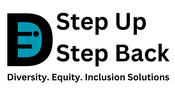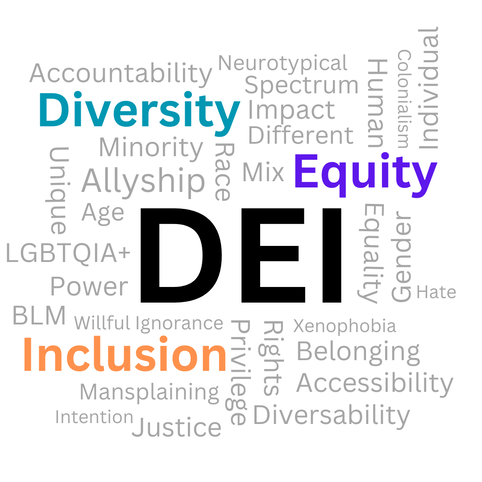DEI Is More Than Just A BuzzwordThe acronym DEI is one of the trendiest professional terms among professional leaders and organizations today, but this key term is often misinterpreted. This article will define the acronym DEI, explain the high value of DEI, and recommend beginning DEI steps for leaders. You have probably heard or read about the term at least once in the past 24 hours in relation to current events in the news or at work. DEI has finally gained popularity with mainstream professional practices despite its principles predating the establishment of major corporations. Current events including the Covid-19 pandemic, Black Lives Matter, anti-Asian hate, and trans rights have pushed DEI to the spotlight of American society. In response to the increasing visibility of minority rights, there is a greater demand for higher standards of leadership accountability through DEI.
1 Comment
The value of leadership coachingWhy do I need leadership coaching?
Level Playing Field Myth Contrary to the elementary school teaching, everybody does not start on a level playing field in life. Most of us quickly learned in our teenage years that we live in a world of complex power struggles which directly impact our behavior and success in life. Leadership is based on human interactions and relationships to influence others to achieve a shared goal. A person who embodies leadership skills becomes a game changer and a key asset for themselves, their organization, and the greater community. An impactful leader reaps the benefits both professionally and personally by creating an intentional advantage in the skewed playing field of their own life. What is the difference between a leader and a manager? |
Learn & ExploreBlog posts to expand your leadership knowledge and increase your exposure to DEI Archives
April 2024
Categories |
Proudly powered by Weebly




 RSS Feed
RSS Feed